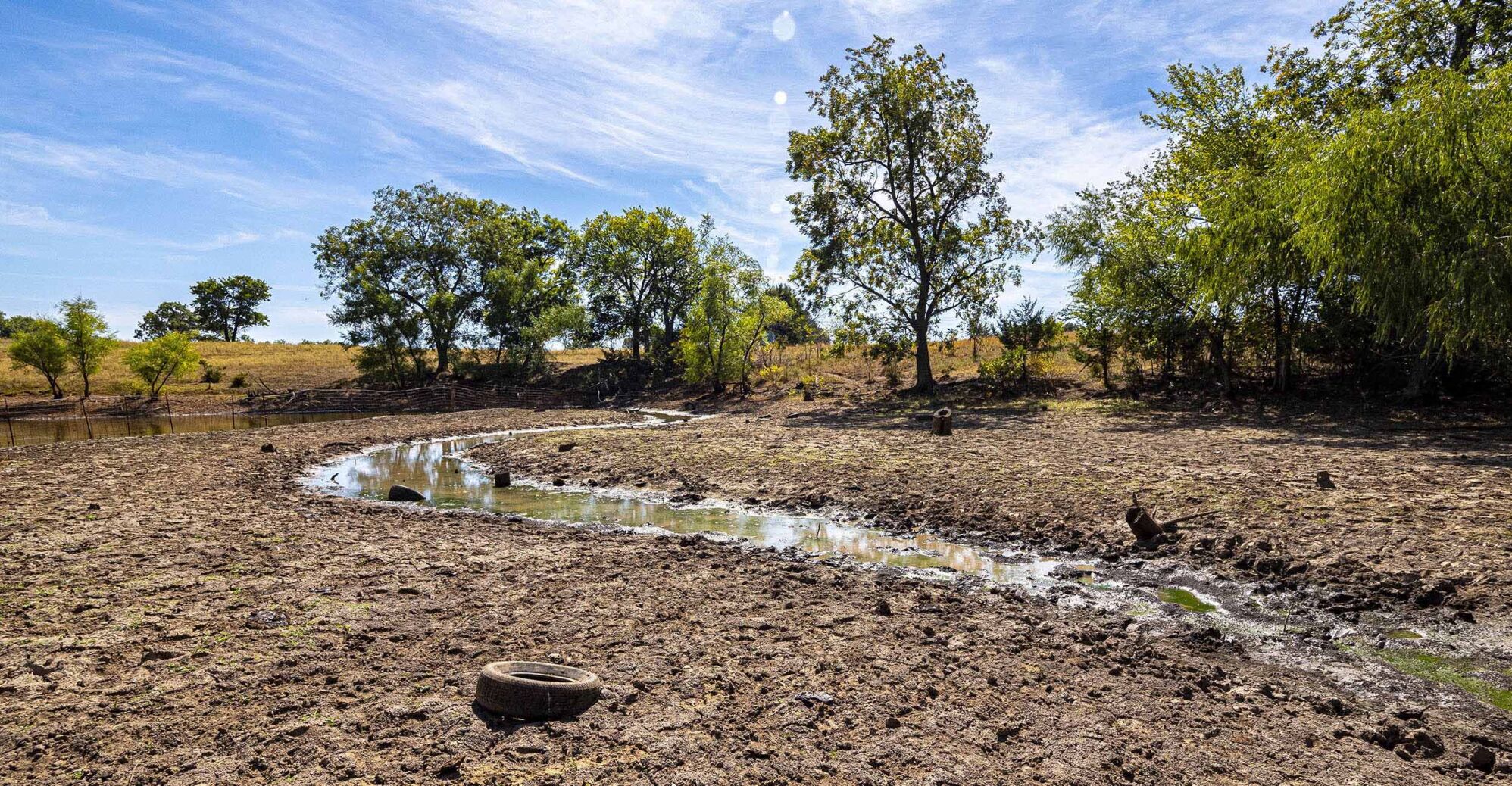Welcome rains have fallen across the state in recent weeks, but much of Oklahoma is still in a drought.
Oklahoma State University Extension has rounded up the following drought relief funding channels that are currently available to producers and noted some of the most important drought policies in effect during this challenging season. Click on the links for more information.
Water availability
• Hauling water for livestock — Emergency Assistance for Livestock, Honeybees and Farm Raised Fish Program through the Farm Service Administration
•Water projects — Oklahoma Emergency Drought Cost-Share Program through the Oklahoma Conservation CommissionLivestock
• Grazing damage from drought that has already occurred — Livestock Forage Program
• Protection against drought with grazing in the future — Annual Forage
• Protection against future drought in perennial pastures, rangeland and forage acres — Pasture, Rangeland and Forage
• Transportation costs for hay — Emergency Assistance for Livestock, Honeybees and Farm-Raised Fish
• Price risk protection insurance — Livestock Risk Protection
• Fed cattle price risk protection insurance — Livestock Gross Margin
Fire, disease and loss
• Crop insurance covers some crop damage and will vary according to the policy and crop.
• Cattle lost due to fire or other adverse weather loss like extreme cold, flooding or lightening — Livestock Indemnity Program
• Damage to fences and structures not covered by property insurance — Emergency Conservation Program
Risk management tactics
• Identify risks of greatest concern for the individual farm.
• Understand exactly what to mitigate for those risks (price risk, production risk or both).
• Develop trusted relationships with Extension educators, U.S. Department of Agriculture representatives and other ag specialists who can advise on how to build a customized plan.
• Walk through scenarios with family and business partners. Use United States Department of Agriculture calculators to identify options and potential costs.
• Understand deadlines, documentation and reporting requirements, and identify ways to stack programs for the best risk coverage.
• Follow through with the plan and take action to address risks.
As a reminder, $3 million was set aside in mid-September from Oklahoma’s emergency drought fund. Since then, Gov. Kevin Stitt has allocated another $20 million for additional drought-related initiatives.
“The Emergency Drought Commission has used $20 million of the $23 million for water initiatives such as drilling wells, piping water to livestock and pond cleanout,” said Amy Hagerman, OSU Extension ag and food policy specialist, on OSU Agriculture’s television show, SUNUP. “Applications must be submitted to local conservation districts by Nov. 28. The money will be split between each of the 77 counties to address needs identified in the applications, so about $250,000 per county.”
Hagerman said some of the $20 million could be reallocated to other counties with higher numbers of applications.
“It’s important to remember these programs are designed to be complimentary to federal drought programs,” she said. “All federal programs are still at play.”
Hagerman recommends talking to a county Extension educator about the biggest needs of an operation to sort out which federal or state programs work best.
For more information about agricultural risk management and drought policies, please contact Hagerman at 405-744-9811 or [email protected].



